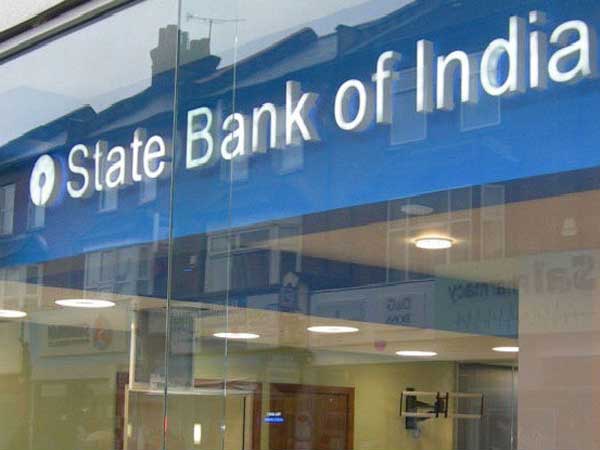Gross non-performing assets (GNPAs) of banks will rise to 8-9 per cent this fiscal, well below the peak of 11.2 per cent seen at the end of fiscal 2018, with the Covid-19 relief measures such as the restructuring dispensation, and the Emergency Credit Line Guarantee Scheme (ECLGS) helping limit the rise, according to CRISIL Ratings.
GNPAs as at March-end 2021 had declined to 7.5 per cent against 8.2 per cent as at March-end 2020.
With about 2 per cent of bank credit expected under restructuring by the end of this fiscal, stressed assets ― comprising gross NPAs and loan book under restructuring ― should touch 10-11 per cent (against March-end 2021 estimate of about 9 per cent), the credit rating agency said.
Krishnan Sitaraman, Senior Director and Deputy Chief Ratings Officer, CRISIL Ratings, said: “The retail and MSME segments, which together form about 40 per cent of bank credit, are expected to see higher accretion of NPAs and stressed assets this time around.
“Stressed assets in these segments are seen rising to 4-5 per cent and 17-18 per cent, respectively, by this fiscal-end. The numbers would have trended even higher but for write-offs, primarily in the unsecured segment.”
Retail segment singed by pandemic
The agency underscored that the retail segment, which had a relatively stable run over the past decade, has been singed by the pandemic, with salaried and self-employed borrowers alike facing significant income challenges and higher medical expenses, especially in the second wave.
Thus, in a first-of-its-kind move, the Reserve Bank of India (RBI) introduced loan restructuring for retail borrowers to help them tide over the situation. This followed a six-month moratorium permitted by lenders last fiscal.
Despite these measures, CRISIL Ratings believes stressed assets in the retail segment will rise to 4-5 per cent by the end of this fiscal from about 3 per cent last fiscal.
The agency assessed that while home loans, the largest segment, will be the least impacted, unsecured loans are expected to bear the brunt of the pandemic.
MSME segment: Asset quality to deteriorate
CRISIL Ratings cautioned that the MSME segment, despite benefiting from ECLGS and the recent limit enhancement and tenure extension, is likely to see asset quality deteriorate and will require restructuring to manage cash-flow challenges.
In fact, restructuring is expected to be the highest for this segment, at 4-5 per cent of the loan book, leading to a jump in stressed assets to 17-18 per cent by this fiscal end from about 14 per cent last fiscal, per the agency’s estimates.
Corporate segment: Resilient
CRISIL Ratings observed that the corporate segment, though, is expected to be far more resilient.
“A large part of the stress in the corporate portfolio had already been recognised during the asset quality review initiated five years ago.
“That, coupled with the secular deleveraging trend, has strengthened the balance sheets of corporates, and enabled them to tide over the pandemic relatively unscathed compared with retail and MSME borrowers,” the agency said.
This is evident from restructuring of only about 1 per cent in the segment. Consequently, corporate stressed assets are expected to remain range-bound at 9-10 per cent this fiscal.
Rural segment: Strong recovery
CRISIL Ratings noted that the rural segment, which was hit harder during the second wave of the pandemic, has also seen a strong recovery.
Therefore, stressed assets in the agriculture segment are expected to remain relatively stable at about 10-11 per cent.
Restructured portfolio: Needs close monitoring
Subhasri Narayanan, Director, CRISIL Ratings, observed that while the performance of the restructured portfolio will definitely need close monitoring, the slippages from the restructured book are expected to be lower this time.
Restructuring under various schemes in the past focussed on larger exposures and primarily involved extension of maturity without any material haircuts, resulting in high subsequent slippages, she said, and added that this time, the entry barriers for restructuring are more stringent.
Also, recent trends indicate that a reasonable proportion of borrowers, primarily on the retail side, have started making additional payments as their cash flows improve, despite having availed of restructuring, Narayanan said. MSMEs, however, may take longer to stabilise and we remain watchful.
CRISIL Ratings’ estimates are predicated on a base-case scenario of 9.5 per cent GDP growth this fiscal and continued improvement in corporate credit quality.
“A virulent third wave and significant deceleration in demand growth could pose significant downside risks to these estimates,” the agency said.
On the other hand, operationalisation of the National Asset Reconstruction Company Ltd by the end of this fiscal and the expected first-round sale of Rs 90,000 crore NPAs could lead to lower reported gross NPAs.





